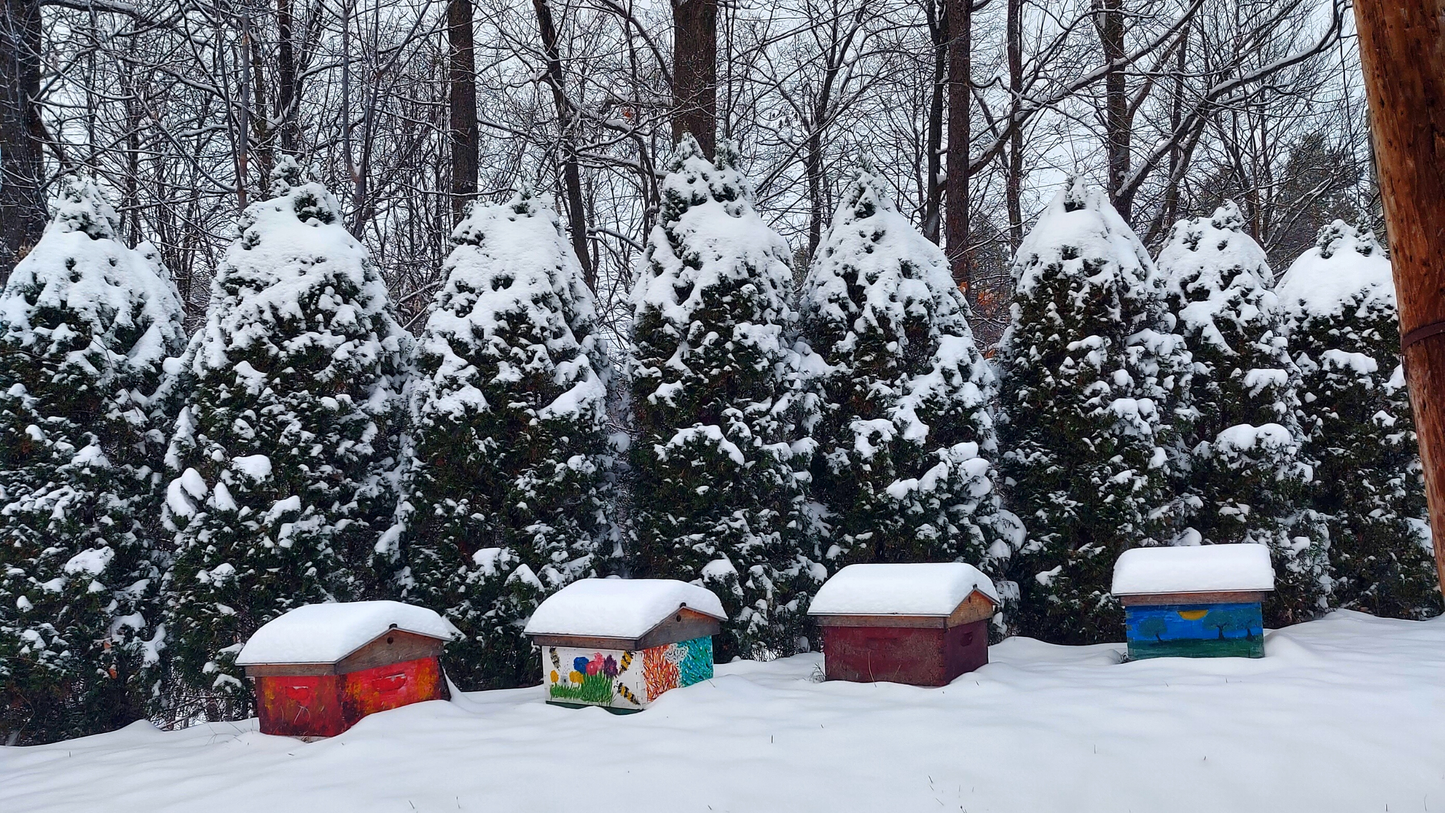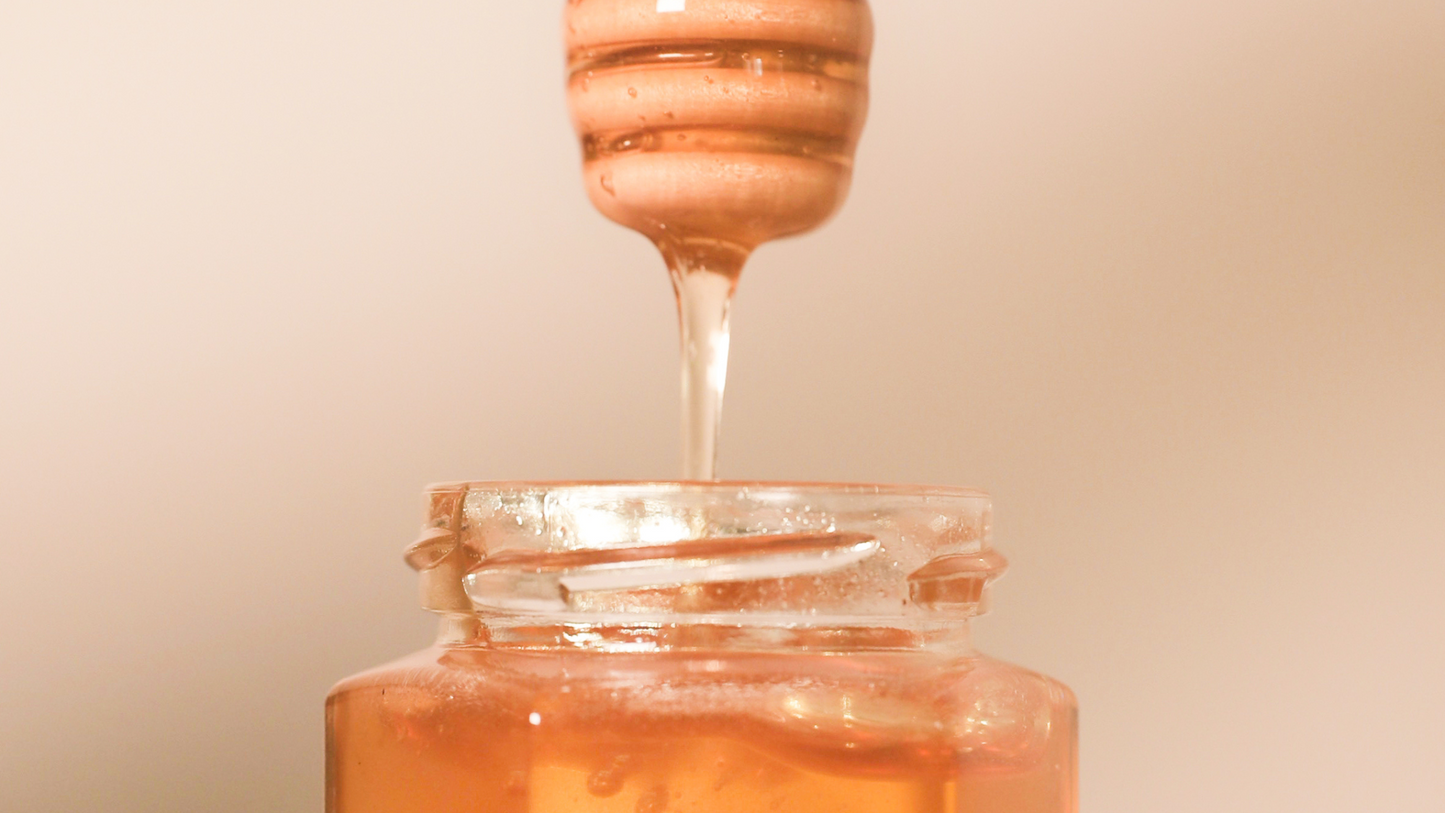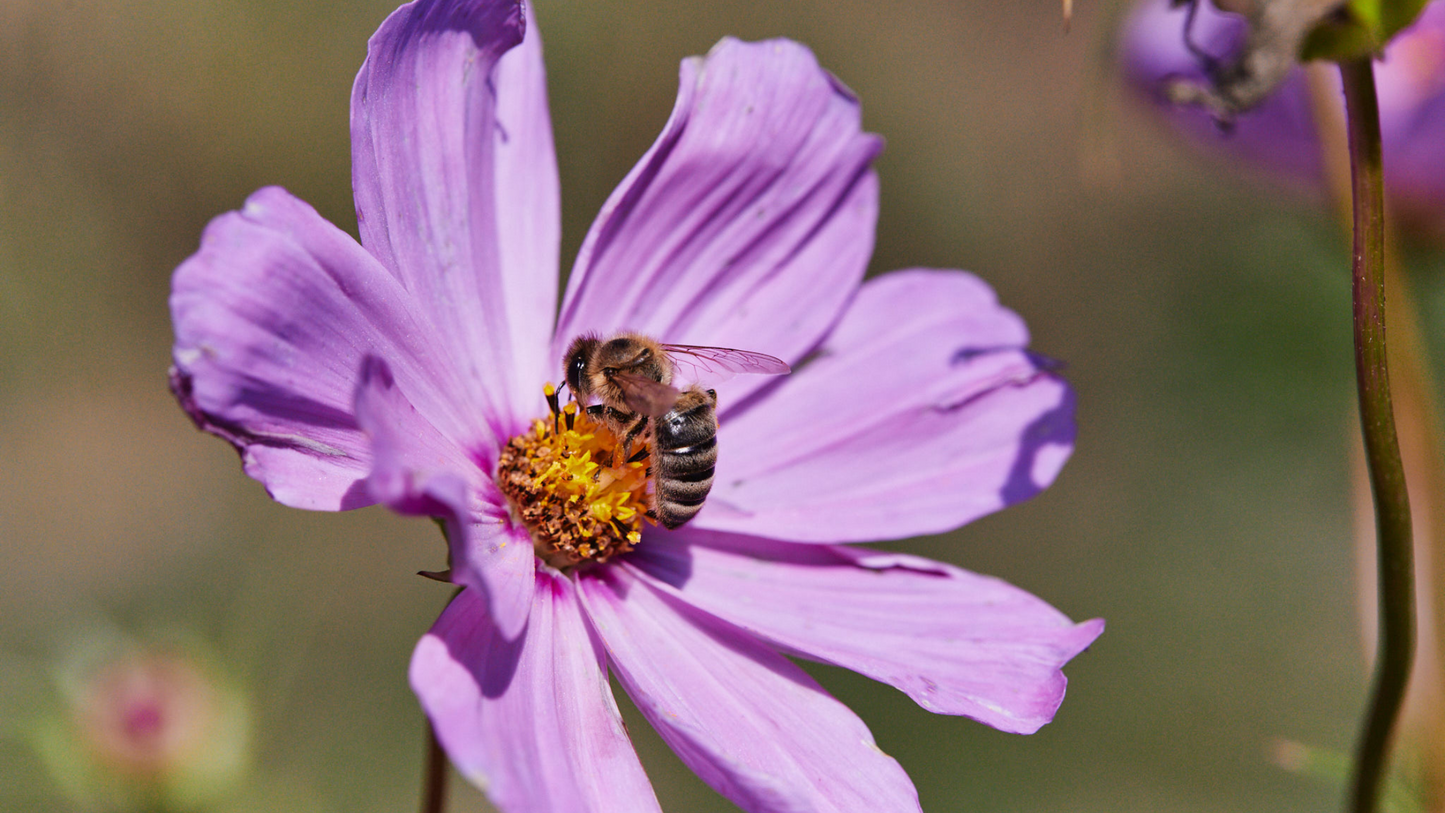
As the weather begins to warm and spring starts to approach, the thought on most people's minds are the beautiful days to come after a cold Ontario winter. However, the thought on beekeepers' minds is one that is more grim and concerning than most. With year after year of significant winter losses, beekeepers are left wondering what they can do to support their bees and ensure strong overwinter rates.
The topic is quite sad to discuss and touches on a wider environmental problem that, left unsolved, can cause detrimental damage to our global food supply chain. Honeybees, like cattle, pigs, chicken, and sheep are agricultural animals. Imagine dedicating an immense amount of time caring for a barn of 100 cattle to only have 50 alive at the end of the winter. That is the reality for beekeepers across Ontario and Canada. Average overwinter losses have ranged anywhere from 15-50% yearly. This past season was much closer to 50% and for some beekeepers, complete loss.
It is not that honeybees cannot survive the winter, in fact honey bees have evolved specifically to survive cold winters by replacing the Worker bees, who have shorter life spans of only 6 weeks, with a caste of bees known as Winter bees, who have a much longer life span of 6 months.
Beekeepers across Canada are trying their hardest to improve the overwinter success rate for their bees. In the fall we treated our hives for varroa mites, ensured that they had enough honey to survive the winter, and wrapped the hives for additional insulation. In the late winter and early spring we checked on our hives to ensure they had enough food to make it through the final push before the first nectar flow of the year. But regardless of how hard we tried to support our bees, we experienced a devastating overwinter loss of around 50%. Going into the winter, we had close to 600 hives but only around 300 survived. Sure there are financial losses that accompany that, but it is the emotional losses that hit the hardest. We are beekeepers at heart, our passion and purpose is to care for these bees that provide so much benefit to our environment, to see half of them die is heartbreaking.
The question you are probably asking is why, why is this all happening? The answer is not 100% clear. While we experienced a loss of around 50%, that loss was not evenly distributed across all of our bee yards. Our urban apiaries in the GTA did exceptionally well with survival rates of around 95% with the significant losses being in our rural apiaries.
When forced to hypothesize why this has happened there are different factors that individually or together may have led to the loss of these hives. To begin, varroa mites are evolving to become immune to the treatments used against them. This means that although we treat our hives, the treatments may no longer be effective. A hive infected with varroa mites will become weakened and make the hive more susceptible to other factors. The use of pesticides can also weaken the hive. A weakened hive may not have enough energy to sustain the heat needed to survive Ontario winters or have enough energy to move as a cluster to access more honey reserves. There are other environmental factors that can weaken a hive as well, including not having access to a diverse source of nectar throughout the season.
While one beekeeper losing 50% of their hives may not seem too significant, these numbers are being reported across the country with some beekeepers we have spoken to personally reporting almost 100% losses. Losses like this can only continue for a few years before it becomes too much to bear, both financially and emotionally, for beekeepers.
The effects of these losses are not restricted to beekeepers, it touches everyone. From a decrease in the production of honey, to the loss of valuable pollination services, the decrease in the number of honeybees may cause the prices of food to increase.
While there is no clear answer on how to ensure 100% overwinter rates, it is important for beekeepers to have these conversations. It is important for beekeepers to know that they are not alone and many times not to blame.
If you are just a lover of honey and the environment, wondering what you can do to help, I have two easy suggestions: support your local beekeepers by shopping local and plant for pollinators this spring.



